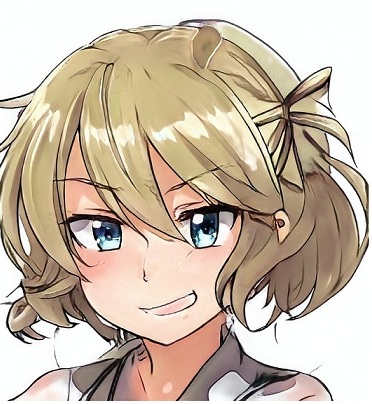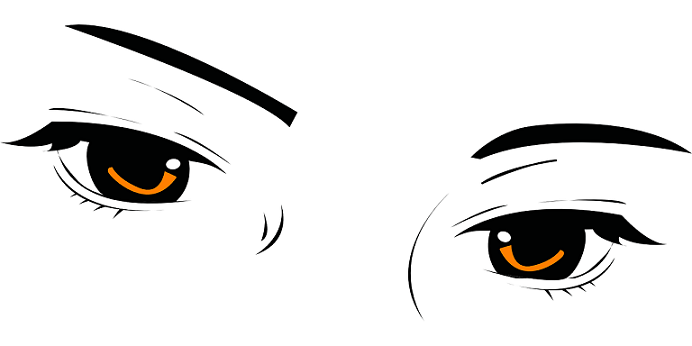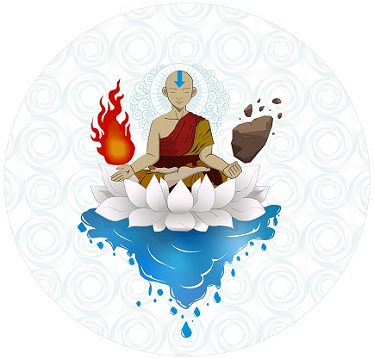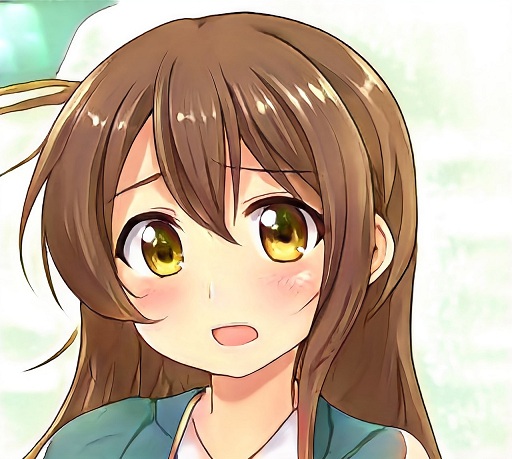How to Shade an Anime Face in Different Lighting
Shade an Anime Face – This tutorial provides a detailed guide on shading an anime or manga-style face to depict various lighting conditions. Anime and manga often use “Cel” shading, a technique that creates distinct areas of light and shadow without gradients. Cel shading is efficient for quickly shading multiple animation frames or manga panels, offering clarity and style.
Understanding Cel Shading in Anime
Cel shading simplifies the shading process by using clear, defined shadows, making it ideal for dynamic and expressive artwork. By understanding where to place shadows based on different lighting conditions, you can enhance your character’s depth and realism. This tutorial explores several common lighting scenarios and how to apply Cel shading effectively.
Step-by-Step Instructions
1. General Lighting Anime Face Shading
In general lighting, there is no single strong directional light source, resulting in balanced shadows.
- Forehead: Shadows are cast by hair, creating a subtle shade on the forehead.
- Eyelids: Small shadows appear due to the eyelids’ recessed position.
- Nose: A slight shadow is cast on one side of the nose.
- Neck: A large shadow is placed beneath the chin, cast by the head.
2. Side/Top Lit Anime Face Shading
When light shines from above and to one side, shadows are cast at an angle.
- Face: One side is illuminated, while the other is in shadow, with a highlight on the cheekbone.
- Eyelid: A slight shadow is present on the illuminated side.
- Neck: The shadow is angled according to the light source.
3. Side Lit Anime Face Shading
With light coming directly from one side, the face is evenly split between light and shadow.
- Face: Half of the face is bright, while the other half is dark.
4. Low Light Anime Face Shading
In low light, the face is illuminated from below, creating unique shadow patterns.
- Chin: A small shaded area is present at the top of the chin.
- Upper Lip: Casts a slight shadow due to its protrusion.
- Nose: Shadows form on the underside of the nose.
- Cheeks: Shadows appear due to the slight prominence of the cheekbones.
- Forehead: The upper area is darker as it turns away from the light source.
5. Top Lit Anime Face Shading
With light from above, most of the face is shaded, except for areas facing the light.
- Forehead: Fully illuminated as it faces the light.
- Nose and Cheeks: Upper areas are lit.
- Upper Lip and Chin: Light touches the protruding areas.
6. Back Lit Anime Face Shading
Backlighting creates a “frame” of light around the edges of the face.
- Cheeks and Neck: Light highlights the sides.
- Nose: A small light spot appears at the tip.
Conclusion
Cel shading offers a straightforward approach to depicting shadows and highlights in anime and manga. By understanding different lighting scenarios and their impact on facial features, you can create dynamic and expressive characters. This tutorial provides foundational techniques for shading anime faces, enhancing their visual appeal and depth.






order valtrex 1000mg generic – valacyclovir 1000mg sale buy forcan pills for sale